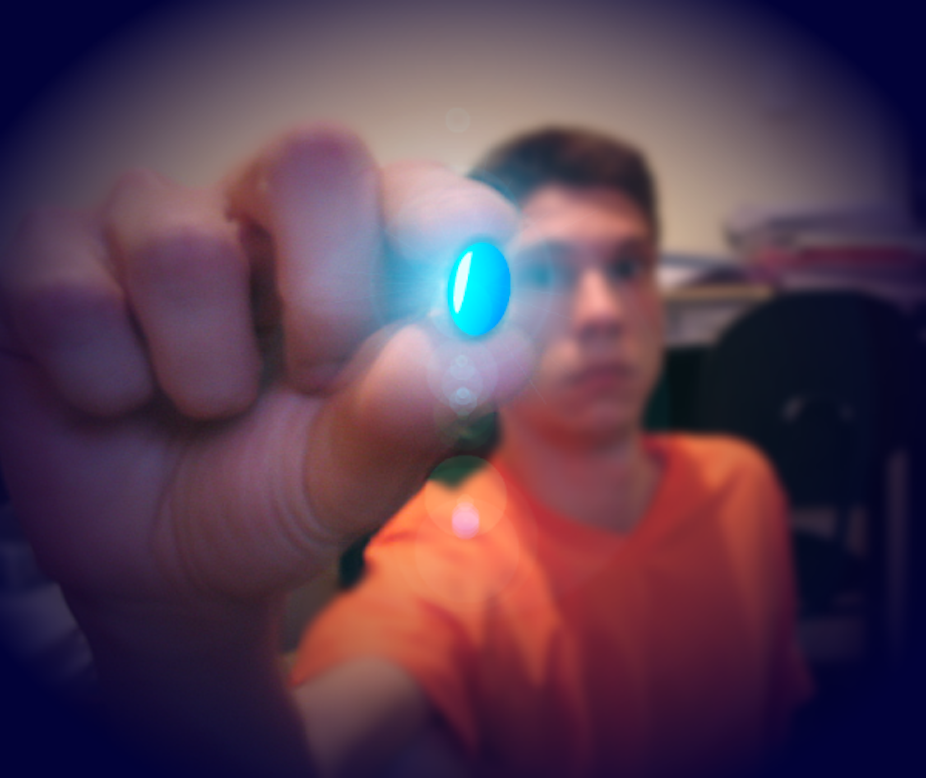Belief is a powerful medicine but the term “placebo” has negative connotations. In modern evidence-based medicine, treatments considered worthless are described as no better than placebos. But this description belies the real picture.
Placebos are characterised as inert, in contrast to active drugs or other treatments. Yet some argue that there’s a role for placebo interventions in mainstream medicine.
Professor Fabrizio Benedetti, a physician and neurophysiologist from the University of Turin Medical School and National Institute of Neuroscience in Italy, has devoted much of his career to the study of placebo effects. He argues that there’s not a single placebo effect but many. These are based on different mechanisms and occur in different medical conditions and therapeutic interventions.
A placebo effect can be caused by an expectation, and the expectation of relief from pain can reduce anxiety. Expectation can also activate a reward mechanism in the nucleus accumbens and release dopamine. The nucleus accumbens is the region in the brain thought to play an important role in reward and pleasure. In this case, the reward is the treatment itself, that is, the reward is the expectation that in a few minutes you will feel better.
A placebo effect can also be produced through learning. If a particular drug has produced positive effects in the past, replacement with a placebo without the patient’s knowledge is likely to produce a similar effect as the active drug.
Placebo responses can be subconscious, and these are mostly created through classical conditioning. Aspirin, for instance, relieves pain and aspirin tablets usually are white and round. If a person has had experiences of pain relief after taking an aspirin, then any tablet that is white and round could have an analgesic effect. Conditioned placebo responses also work for animals.

A placebo’s effectiveness also depends on its type. Placebo injections appear to be more effective than pills. Very small and large pills are more effective than medium-sized pills. Even the colour of a tablet has an influence. Expensive placebos work better than low-priced ones.
Placebo responses also depend, in part, on the condition being treated. Placebos don’t appear to affect diabetes, for instance, while strong placebo effects can be observed for pain.
Clinical trials are not a good way to study placebo effects, says Professor Benedetti. A placebo effect is a psychobiological phenomenon, expressed in brain activity. To understand what’s going on in the brain when a placebo is given, the person has to be studied in the laboratory.
For this, Professor Benedetti uses a “balanced placebo design” involving four groups. The first group receives a placebo, but is told it’s the active drug. The second group of patients receives a placebo and is told it’s a placebo. The third group receives the active treatment and is told it’s a placebo, while the fourth group receives the active treatment and is told the truth.
Using this and other methods, Professor Benedetti found psychobiological placebo effects not only for pain, but also for the immune system, the endocrine system, the cardiovascular system and Parkinson’s disease. These are unconscious placebo effects based on classical conditioning.
And despite placebos’ reputation as worthless therapy, medical practitioners still use them. A survey of US internists and rheumatologists found that more than half had used placebo treatment in the previous year. In Canada, a survey of physicians and psychiatrists found that one in four prescribed placebos regularly as part of routine clinical practice.

The German Medical Association (Bundesärztekammer, BÄK) recently recommended that placebo treatments be used in certain circumstances. The BÄK reminded its members that the placebo effect occurs in all treatment situations and its extent depends on the quality of the doctor-patient relationship. The organisation called for doctors to improve their knowledge of placebo research and use placebos to maximise desirable drug effects, minimise undesirable effects, prevent adverse drug reactions, and use the financial resources of the health system in a more efficient way.
But how can placebo treatments be used ethically and without deception?
The BÄK advised its members that placebo treatments outside of clinical trials are ethically justified in the following circumstances:
if there is no current proven (drug) intervention for that particular medical condition;
for minor conditions in circumstances where the patient expresses a wish for treatment; and
if it seems likely that a placebo treatment will be successful.
Good communication is essential and the patient should be informed of potential benefits and harms of the placebo treatment. The BÄK is now calling for internationally recognised guidelines on the use of placebo treatments.
In the absence of a consensus and international guidelines, Professor Benedetti has this advice about the ritual of the therapeutic act:
“I would say that the take-home message for clinicians, for physicians, for all health professionals is that their words, behaviors, attitudes are very important, and move a lot of molecules in the patient’s brain.”
So a placebo can be more than just a placebo, and mainstream medicine would do well to use its potential for the benefit of patients and the health system.

